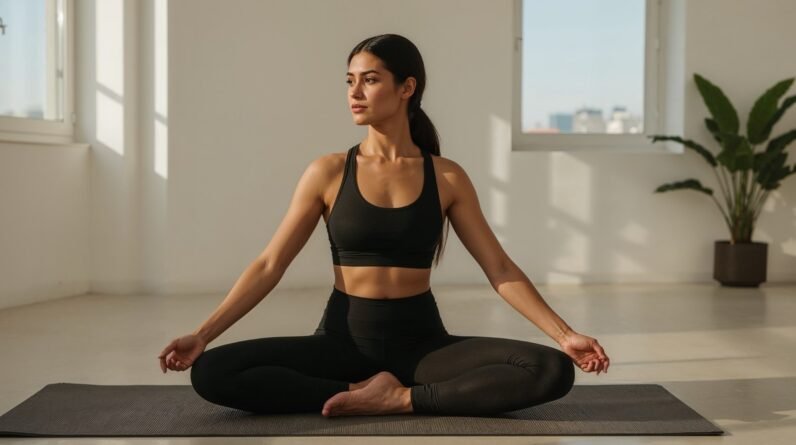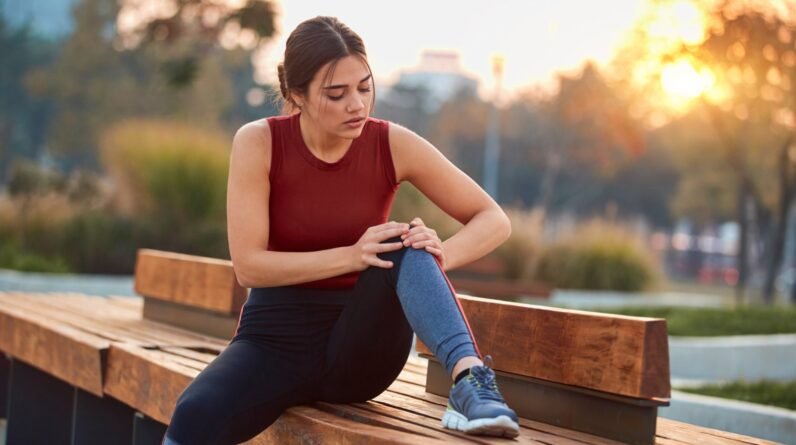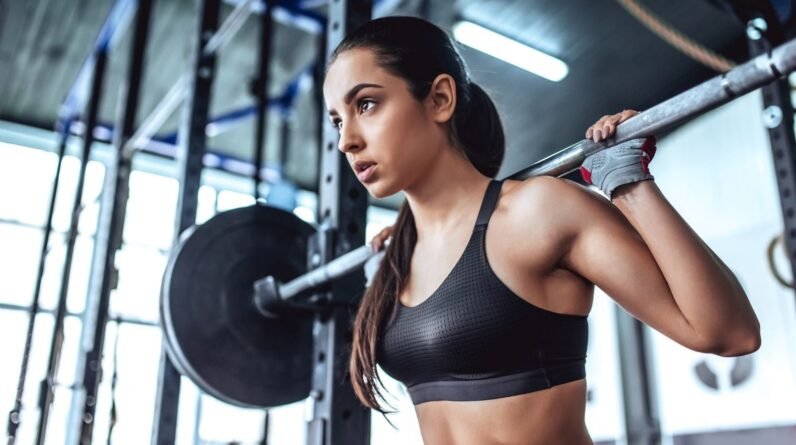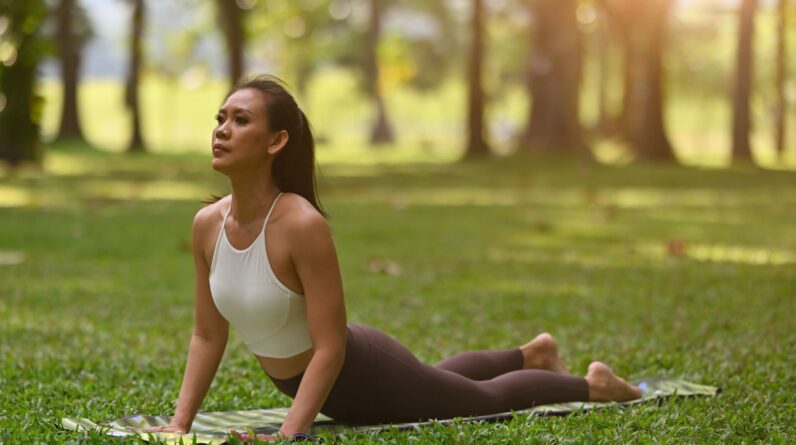
Bhujangasna or the cobra pose may help to improve flexibility and keep stress at bay. Check out how to do it.
In today’s hectic schedule, it is easy to find ourselves hunched over desks or glued to screens, leading to stiffness, back pain, and tension. Bhujangasana, or the cobra pose, offers a perfect remedy for these modern-day issues by opening up the chest, strengthening the back, and calming the mind. Are you looking to strengthen your spine, improve your posture, and energise your abdominal organs, all at once? Incorporating this yoga pose into your fitness routine could be just what you need. This pose, which mimics a cobra with its hood raised, is a gentle backbend suitable for people of all ages and fitness levels. It is a popular yoga asana that offers many benefits for both physical and mental well-being.
What is bhujangasana?
Bhujangasana comes from the Sanskrit words ‘Bhujanga’, meaning ‘cobra’ or ‘snake’, and ‘asana’ meaning ‘posture’. As the name suggests, the final pose resembles a cobra with its hood raised. “Cobra pose is a gentle backbend yoga pose that is classified as hatha yoga. It is also an alternative to Urdhva Mukha Svanasana (or Upward-Facing Dog, – A yoga pose involving a backbend with the thighs and knees lifted off the floor), in the Surya Namaskar cycle,” says yoga expert Saurabh Bothra.
Bhujangasana is a popular pose due to its numerous physical and mental benefits, including strengthening the spine, improving posture, stretching the chest and shoulders, and stimulating abdominal organs.

6 benefits of bhujangasana or cobra pose
Bhujangasana, or the cobra pose, offers a wealth of benefits for both your physical and mental well-being. Here’s how it helps you:
1. Strengthens the spine
Bhujangasana, or cobra pose, is an easy way to strengthen your spine and improve your posture. This pose engages and tones the muscles that support your back, from the base of your spine up to your neck. By regularly practicing this pose, you can build strength in these crucial muscles, which helps to properly align your spine, as found in a study published in the International Journal of Trend in Scientific Research and Development. This improved alignment can lead to better posture. Additionally, a stronger spine is less prone to injury and can help alleviate back pain by providing better support and stability.
2. Increases flexibility
The cobra pose is an excellent way to increase flexibility in several key areas of the body. The pose stretches the chest, opening it up and improving flexibility in the ribs and upper back, as per a study published in the International Journal of Trend in Scientific Research and Development. Additionally, it stretches the shoulders, increasing the range of movement and relieving tension in this area. The gentle backbend also extends the abdomen, which improves core muscular flexibility and may help digestion. Regular practice of Bhujangasana can lead to increased suppleness in these areas, making everyday movements easier and potentially preventing stiffness or injury.

3. Stimulate organs
This pose offers a gentle massage to the abdominal region, stimulating various internal organs. “The stretching and slight compression in the abdomen during the pose can have a positive effect on organs like the kidneys and adrenal glands,” says the expert. This stimulation may improve their function, potentially aiding in detoxification and hormone regulation. Increased blood flow to these organs can also contribute to their overall health. This gentle internal massage can also contribute to improved digestion and overall well-being.
4. Improves lung function
This pose is a beneficial asana for improving lung capacity due to its chest-opening action. As you lift into the pose, the chest expands, creating more space for the lungs to fill with air. This expansion allows for deeper, more complete breaths which increases oxygen intake. “Regular practice can assist in stretching the intercostal muscles, which are located between the ribs, thereby increasing lung capacity,” explains the expert. This improved lung capacity can be especially beneficial for people with respiratory problems or who participate in stamina-demanding activities.
5. Keeps stress and anxiety at bay
Yoga poses increase focus, reduces stress and anxiety, and boosts overall mental health, according to research published in the International Journal of Preventive Science. Bhujangasana is one such yoga pose that offers a calming effect on the nervous system, making it a valuable tool for reducing stress and anxiety. The gentle backbend and chest opening can help to release tension held in the body, promoting relaxation. Deep, conscious breathing while in the pose, may enhance this calming effect, slowing down the heart rate and quieting the mind. By stretching the chest and shoulders, the cobra pose can also help to release physical manifestations of stress, such as tightness in these areas. Regular practice of this pose may lead to a greater sense of well-being and emotional balance, helping to manage daily stressors more effectively.
You may also like


6. Tones the muscles
While bhujangasana is primarily known for its benefits to the spine and flexibility, it also contributes to muscle toning. “The act of lifting the chest off the floor engages and strengthens the arms and shoulders, particularly the muscles in the back of the arms (triceps) and the shoulder stabilisers,” says the expert. The pose also engages the glutes (buttocks) to help elevate and stabilise the lower body, resulting in a toning benefit in that area. Though not a primary muscle-building exercise, the isometric hold and engagement in Bhujangasana can help increase muscular tone and definition in the arms, shoulders, and buttocks with consistent practice.
How to do bhujangasana?
Here is how you can do the cobra pose in the right way.
- Start by lying flat on your stomach with your legs stretched out behind you. Keep your feet about hip-width apart.
- Place your hands flat on the floor beside your shoulders, like you’re about to do a push-up. Your fingers should point forward. Keep your elbows tucked in close to your body.
- Get ready to lift by taking a deep breath in.
- Lift your chest as you breathe out, and use your hands to push your chest and head off the floor. Think of it like gently lifting your upper body. Don’t use just your arms; try to use your back muscles too.
- Arch your back (a little) and keep lifting your chest, making a gentle curve in your back. Don’t push yourself too far; only go as high as feels comfortable. Imagine you’re a cobra slowly raising its head.
- Keep your abdominal muscles tight to protect your lower back. Imagine gently pressing your hips into the floor.
- Look straight ahead, or maybe just a little bit upwards. Don’t crane your neck back too much.
- Breathe normally while you’re in the pose. Try to stay there for about 15-30 seconds, or however long feels good.
- Come down slowly, when you’re ready, breathe out and slowly lower your chest and forehead back down to the floor.
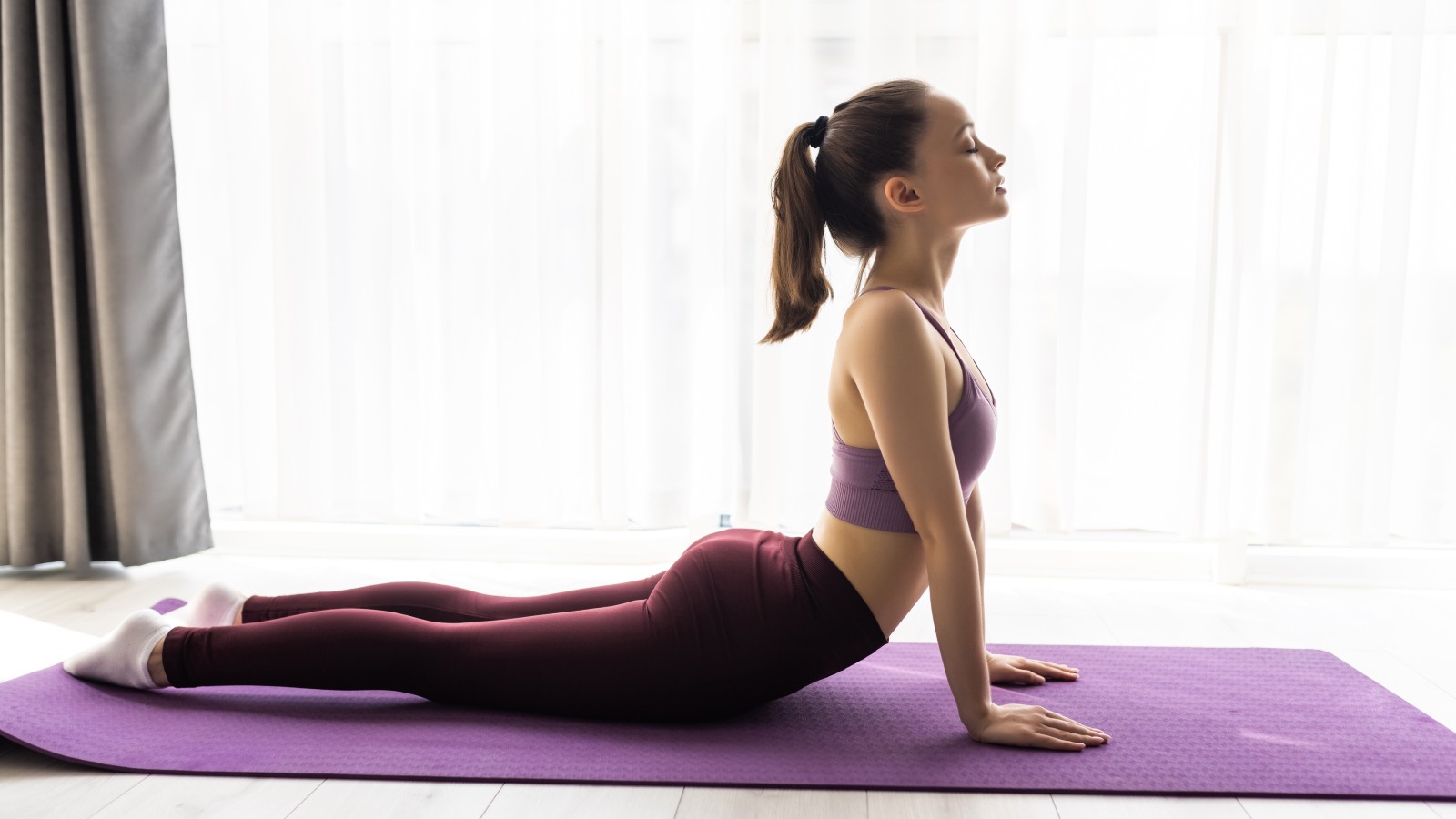
Side effects of bhujangasana
Here are some potential side effects of practising bhujangasana or cobra pose.
- If not performed correctly, bhujangasana can strain the lower back, especially for people with pre-existing back problems. It is crucial to listen to your body and avoid pushing beyond your limits.
- As the pose involves putting pressure on the wrists, people with weak wrists may experience pain or discomfort. Modifications, such as placing forearms on the mat instead of hands, can help alleviate this issue.
- People with certain medical conditions, such as recent abdominal surgery should avoid Bhujangasana as it can worsen these conditions.
- If the neck is not properly aligned during the pose, it can lead to neck strain or pain. It is important to keep the neck relaxed and avoid excessive extension.
Therefore, it is crucial to consult a qualified yoga instructor or healthcare professional before starting bhujangasana, especially if you have any pre-existing health conditions or concerns. They can provide personalised guidance and modifications to ensure a safe and effective experience.
Related FAQs
Is Bhujangasana suitable for beginners?
Yes, it can be practiced but with modifications. Beginners can start with a lower lift, focusing on engaging the core and back muscles rather than achieving a deep backbend. Forearms can be used instead of hands for a gentler version. It’s always best to learn from a qualified instructor.
How often should I practice Bhujangasana?
You can practice Bhujangasana several times a week, as part of your regular yoga routine. Consistency is key to reaping its benefits.


